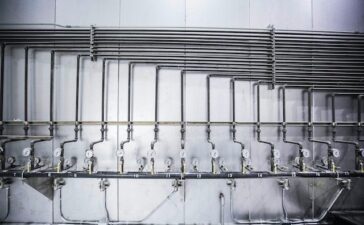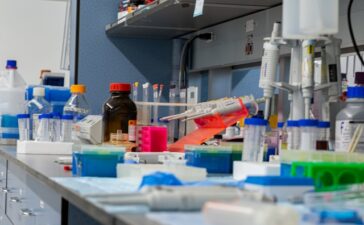Water filters are a modern purification mechanism employed to purify water from sediments, odour, bacteria, taste, and hardness, resulting in better quality water. The water purification mechanism is typically a device that uses a variety of cartridges to solve a number of water-related issues coupled with more specialist applications such as brewing coffee and making crystal clear ice.
There are five main types of water filtration methods in the market currently that have become prominent across several states in Australia such as Melbourne, Brisbane, and QLD. And each of them addresses a different water problem. Quite often, many of these systems use a combination of these methods to perform multiple-level filtration. The five types of water filtersare Mechanical filters, Absorption filters, Sequestration filters, Ion Exchange filters, and Reverse Osmosis filters.

Ion exchange is a process employed to soften hard water by exchanging magnesium and calcium ions found in water with other ions such as sodium or hydrogen ions. Unlike in the process of scale inhibition, ion exchange physically removes the hard minerals and thus reduces the lime scale and makes the eater suitable for various applications where it is kept at a constant high temperature such as in commercial coffee machines. The process of ion exchange is often carried out with the help of an ion exchange resin which often takes the shape of small beads. Water softeners also use similar types of resins which are incorporated with sodium ions that need to be recharged periodically to prevent the resin from becoming ineffective. Since water filters are often sealed units they require a replacement of the filter with a new one specifically a Calcium Treatment Unit (CTU) that could be returned to the supplier and regenerated. Resins that use sodium ions aren’t usually used for drinking water because they use an amount of salt (sodium) that could be legally present in water and limited to 200 milligrams/litre. And because sodium ions increase the level of salt a hydrogen-based ion exchange resin is a more preferable option.

Reverse Osmosis (RO) is another type of process whereby, inorganic solids such as magnesium and calcium ions in water are removed by dissolving them by forcing them through a semipermeable membrane under pressure so that the water passes through and most of the contaminants are left behind. An RO system is highly effective when it comes to purifying water and when it is often combined with many other filters such as mechanical or sediment filters and absorption or activated carbon filters to return water with very less contaminants in them. An RO system uses water pressure to force water through the membrane so it doesn’t use any electricity although a certain amount of wastewater is produced, that has to be sent to the drain. This type of filtration involves extra filters in multi-stage water filtration that can make an RO unit a lot more expensive than other filters or other filtration mechanisms where 99% of pure water is required. Ro offers the finest levels of water filtration and it is popularly and widely used to treat water made for coffee.





